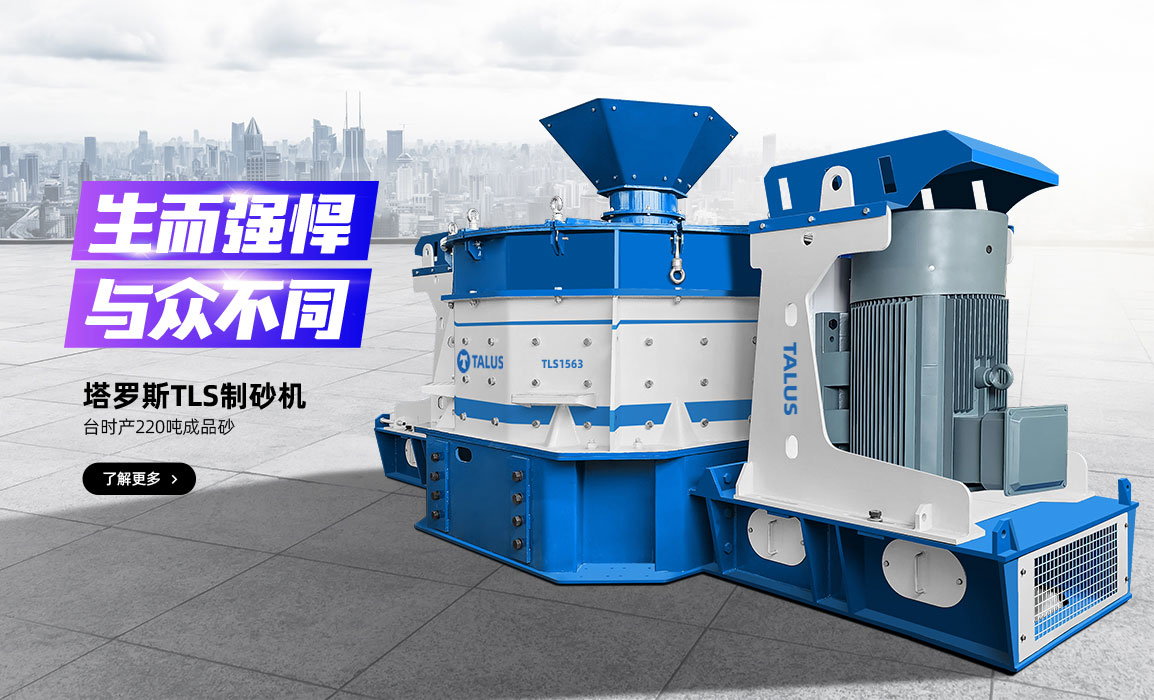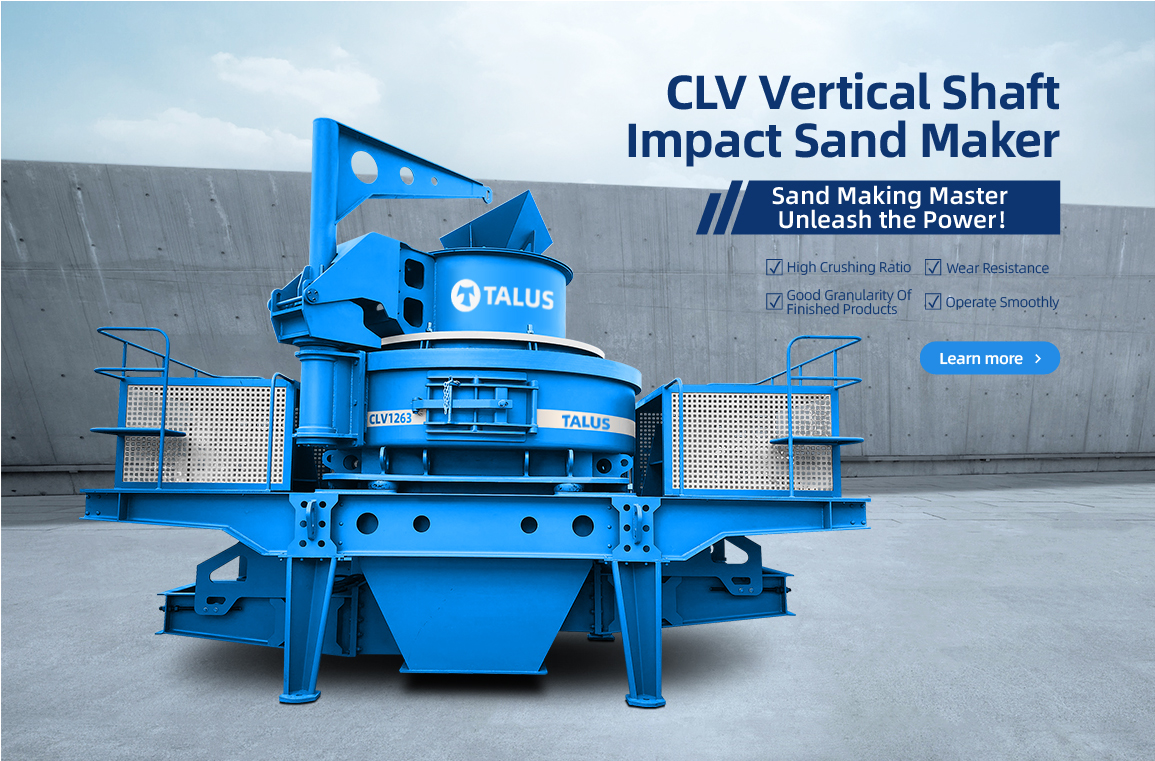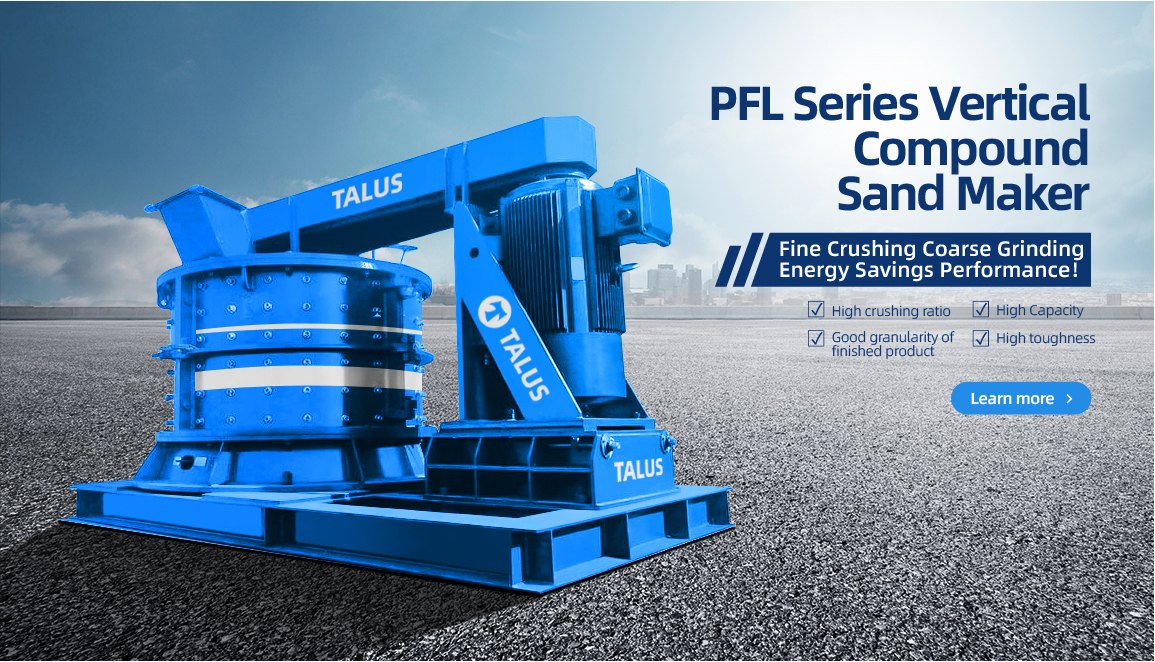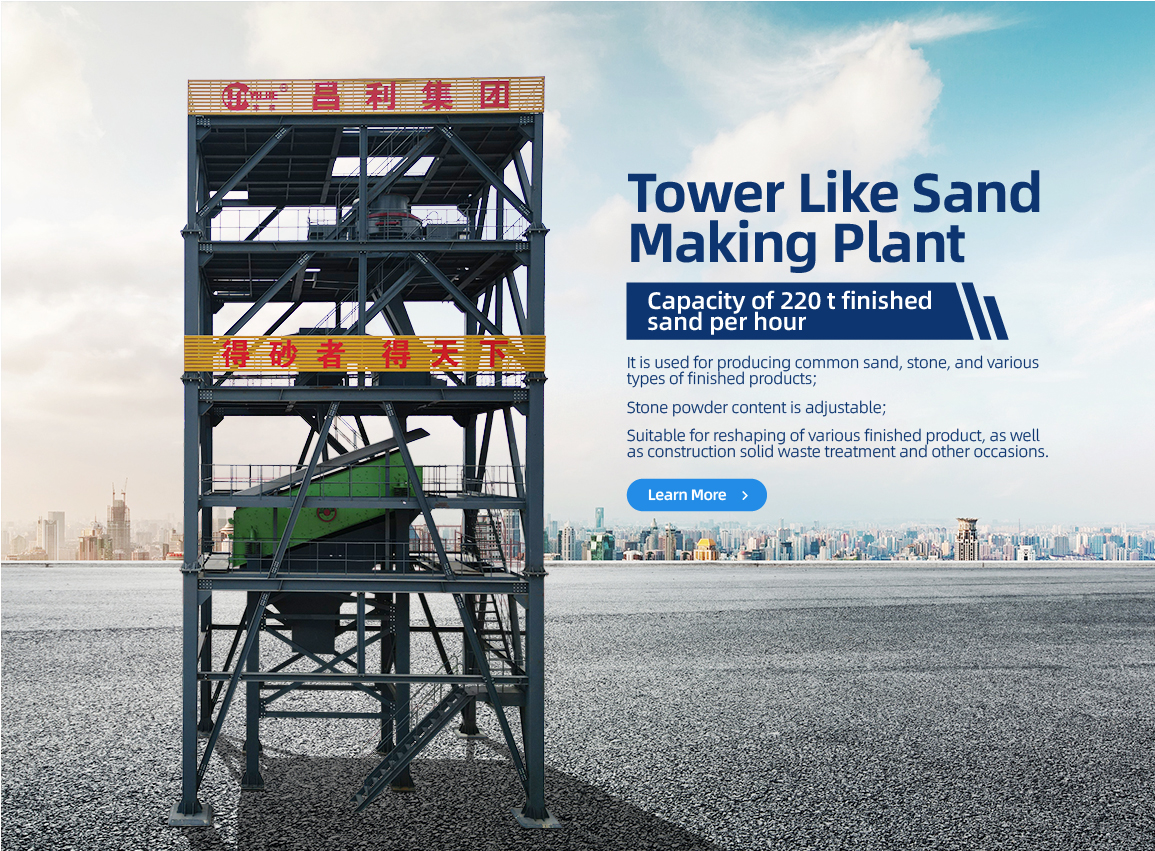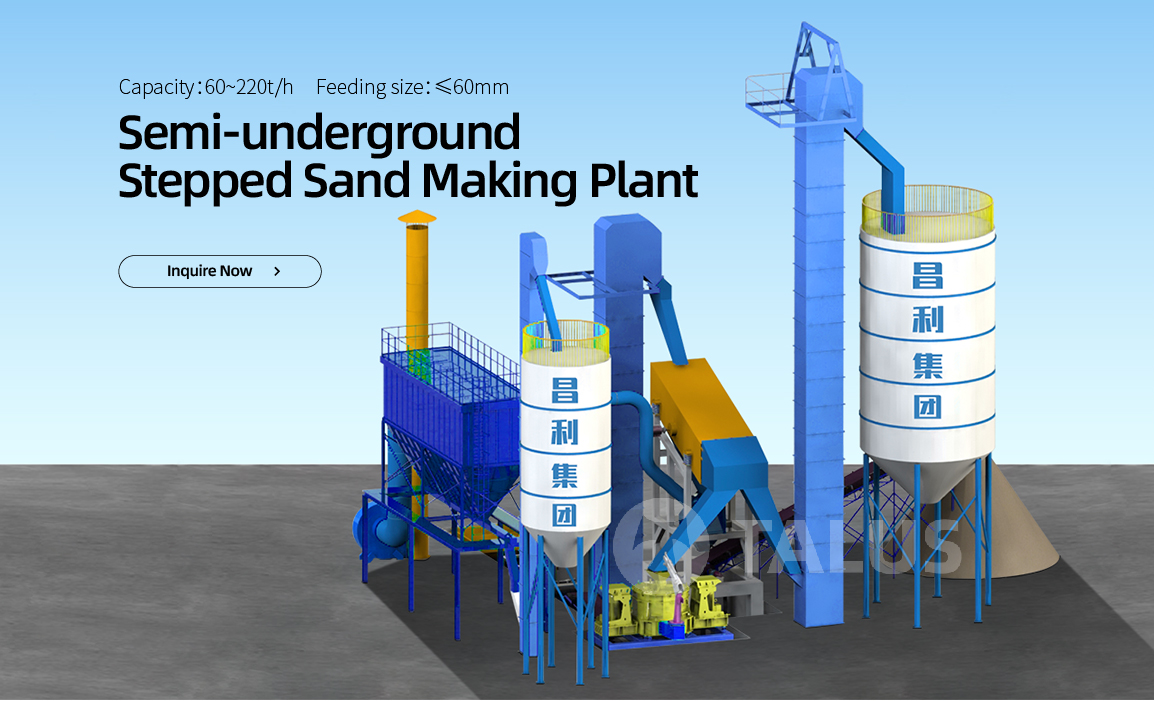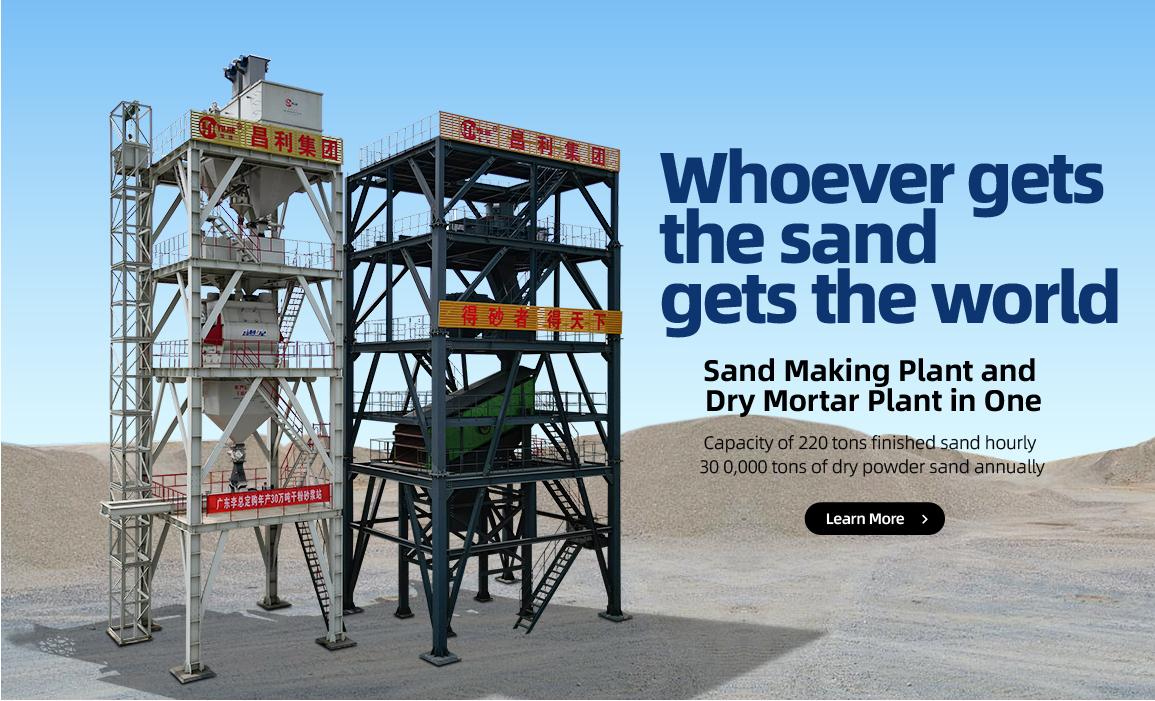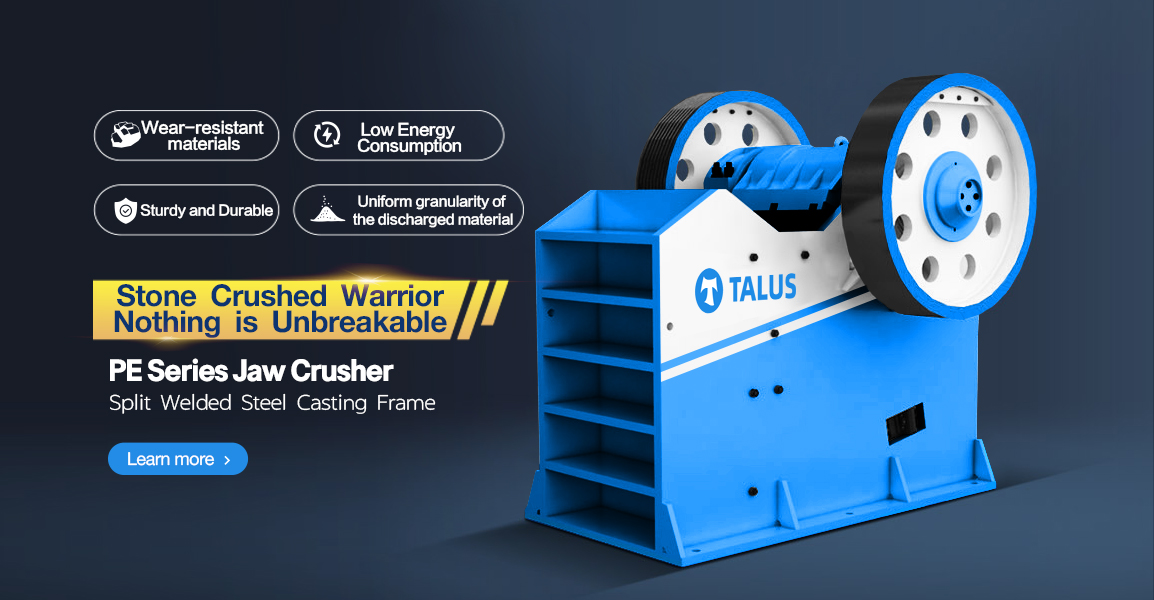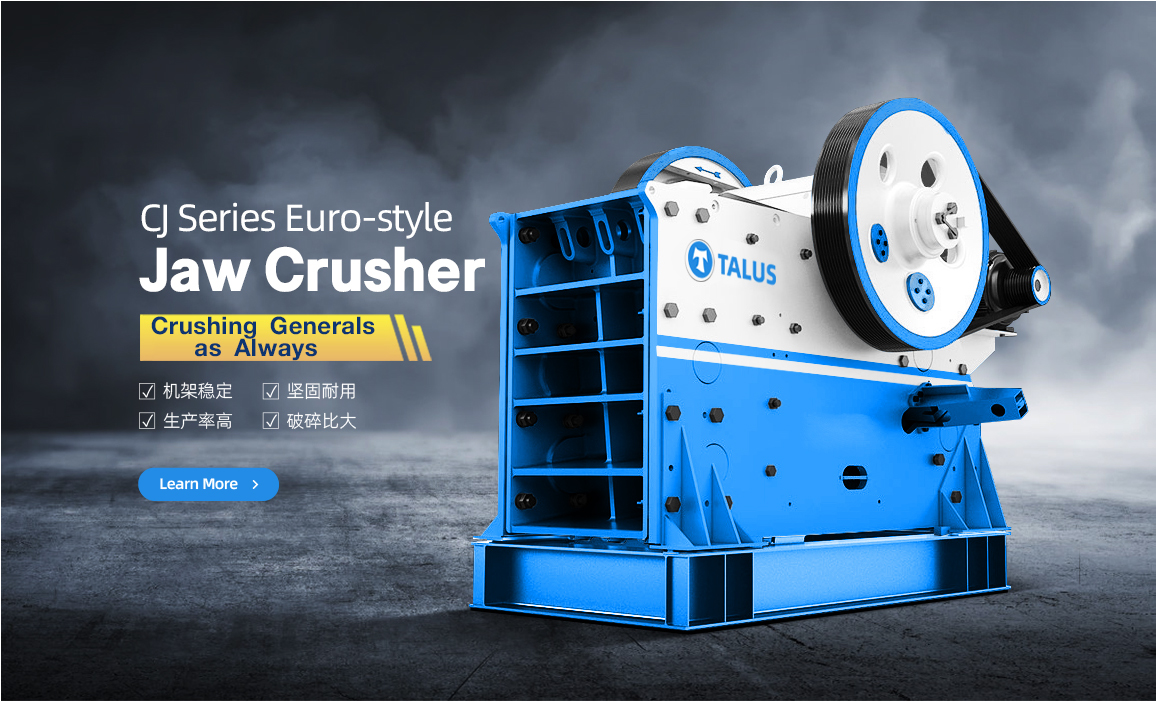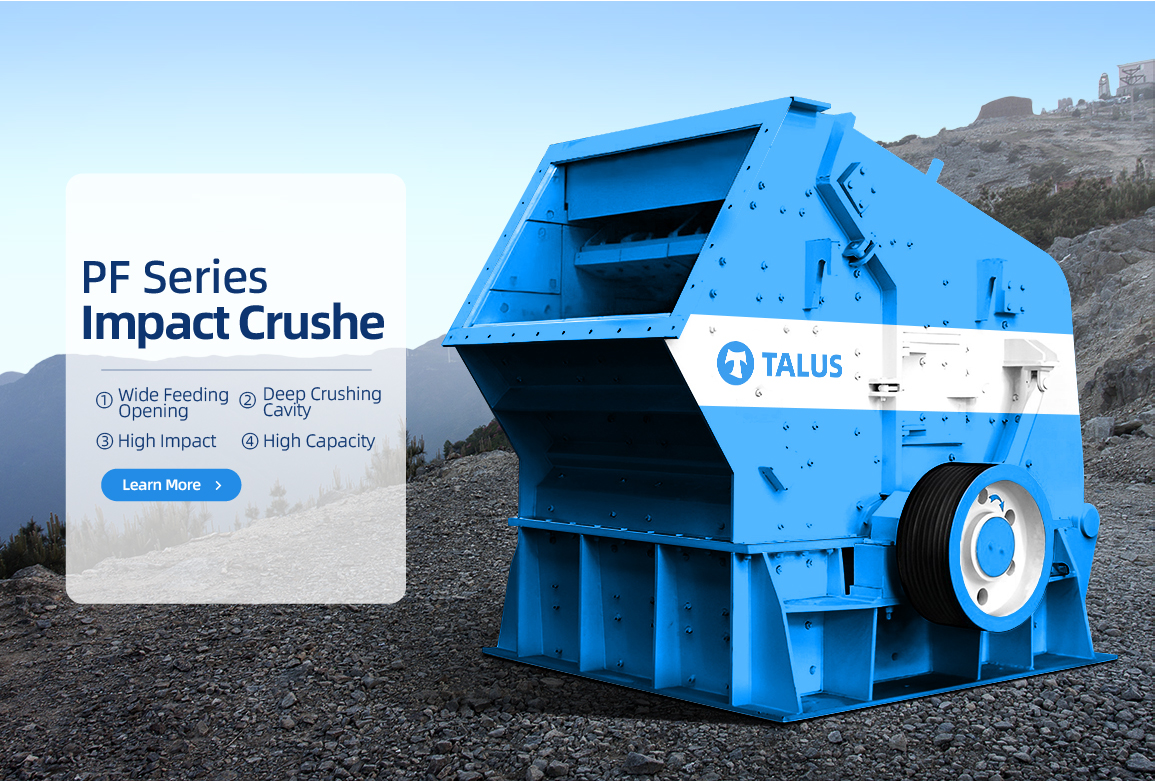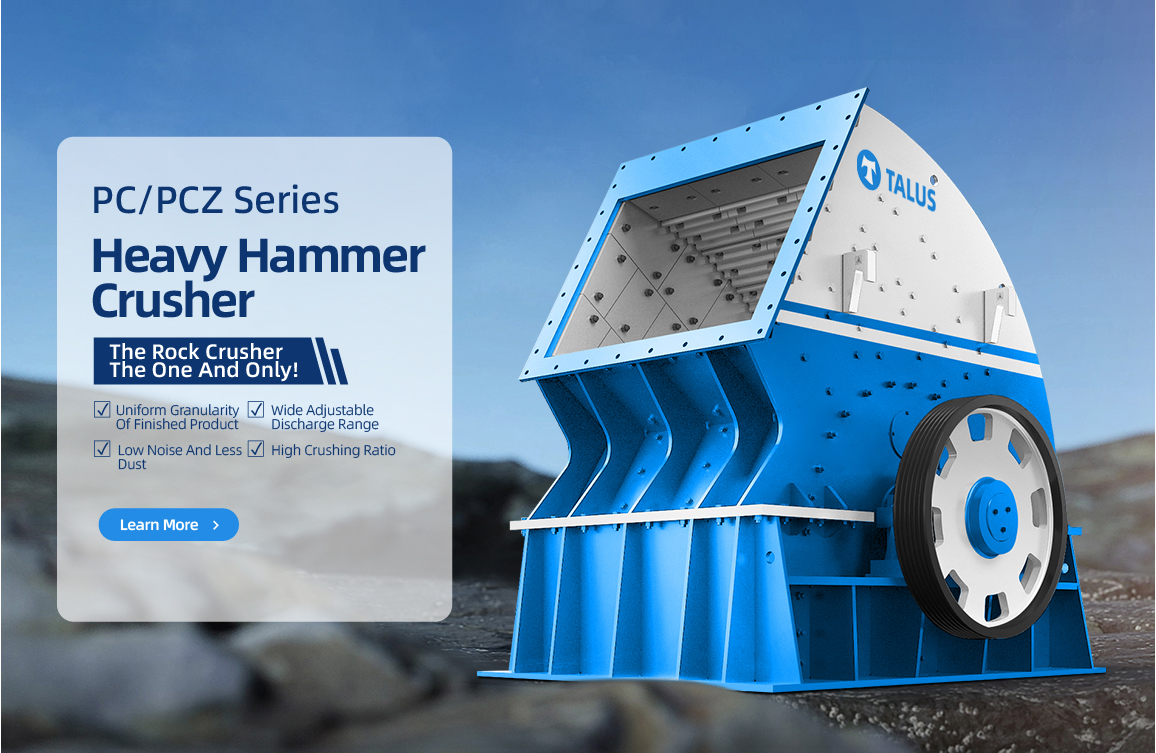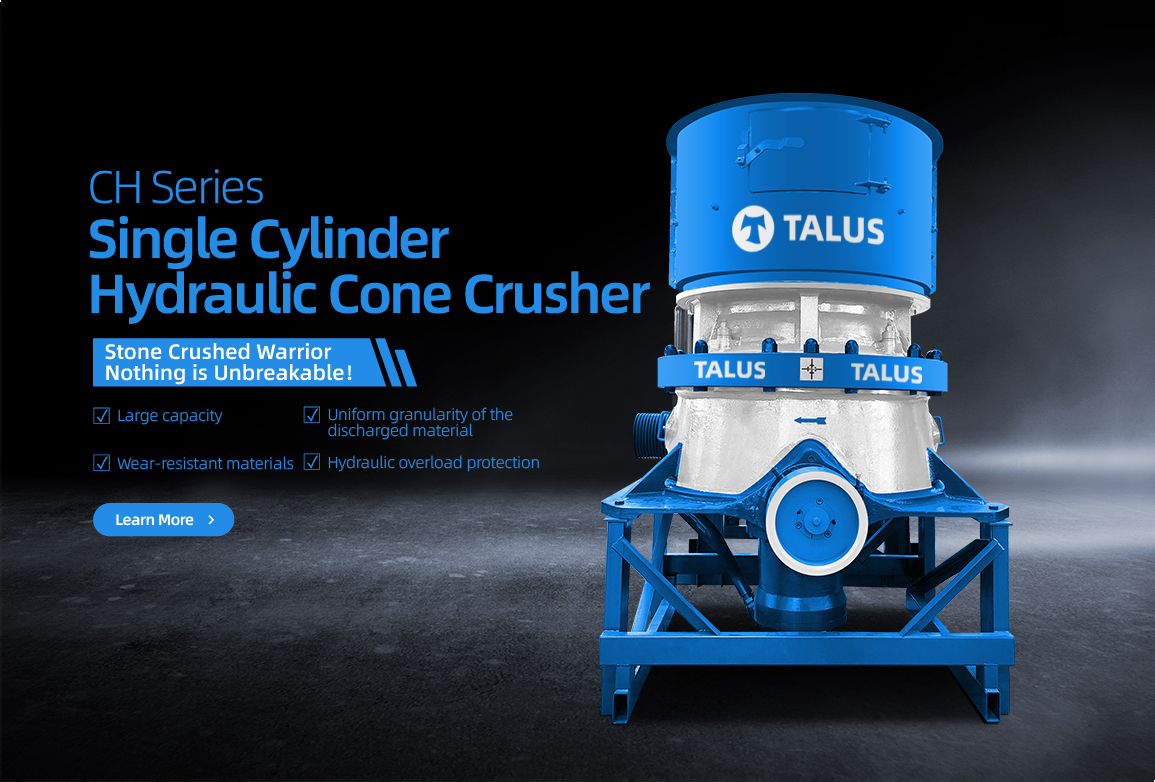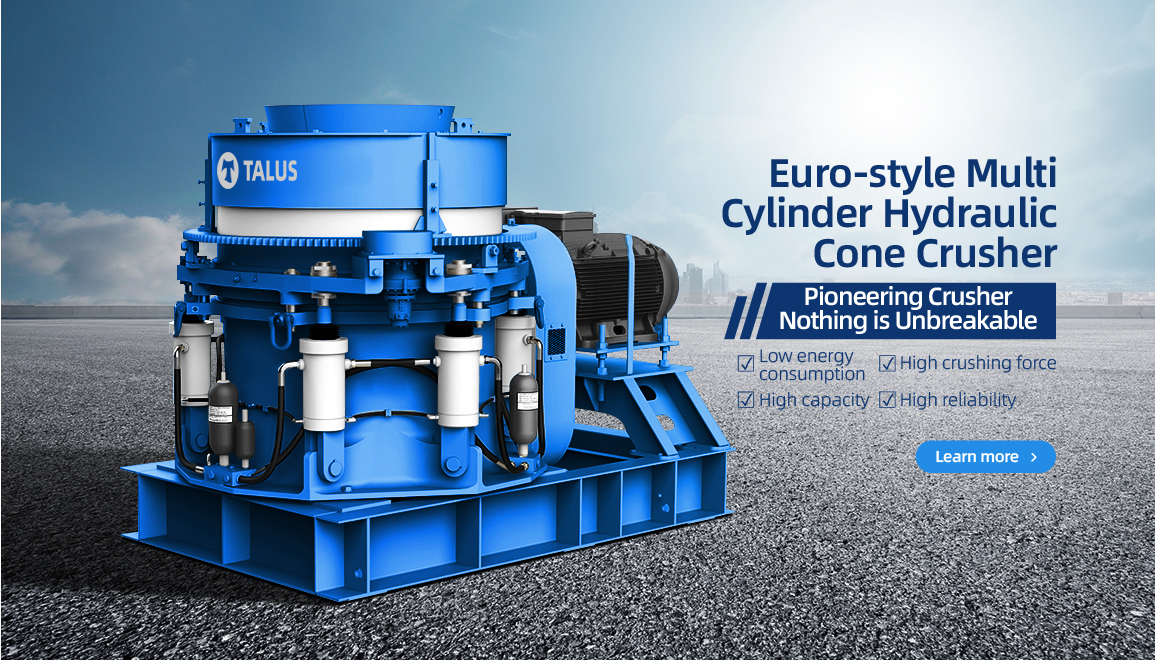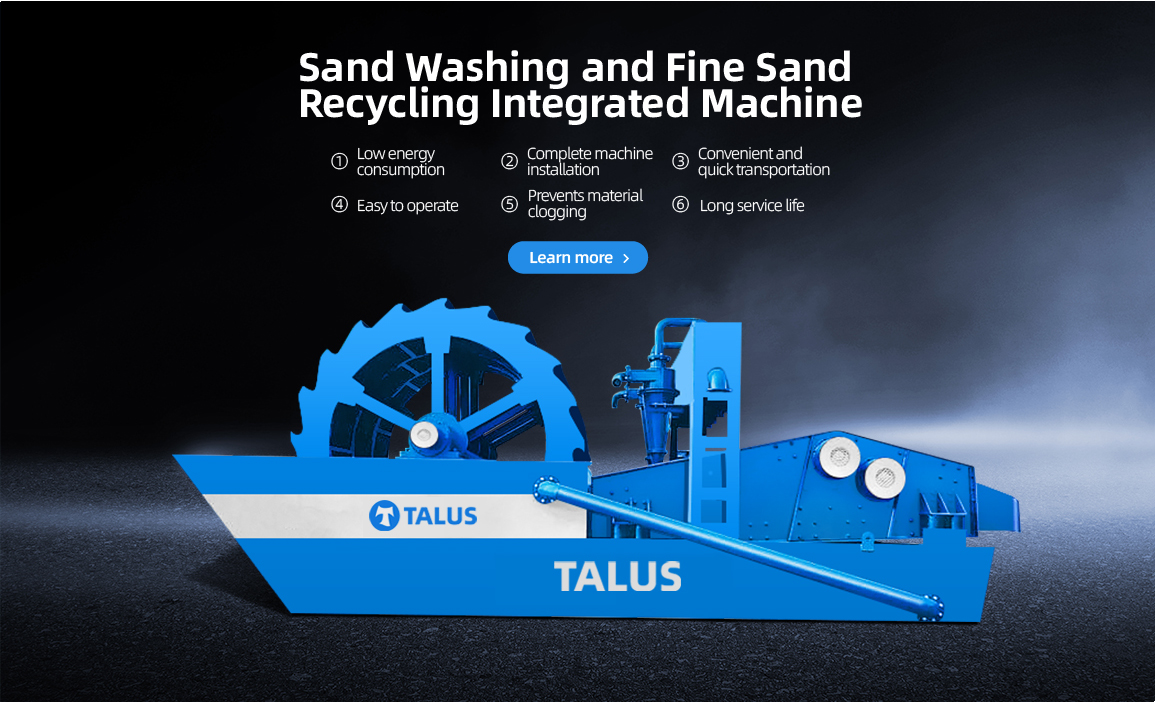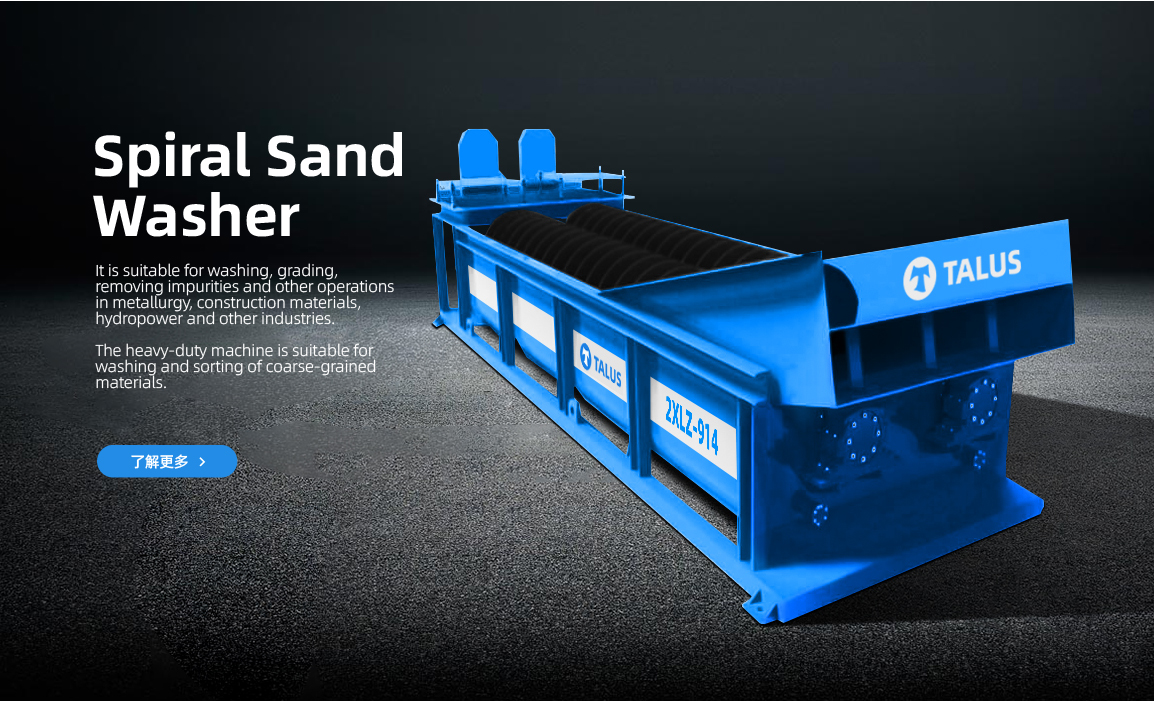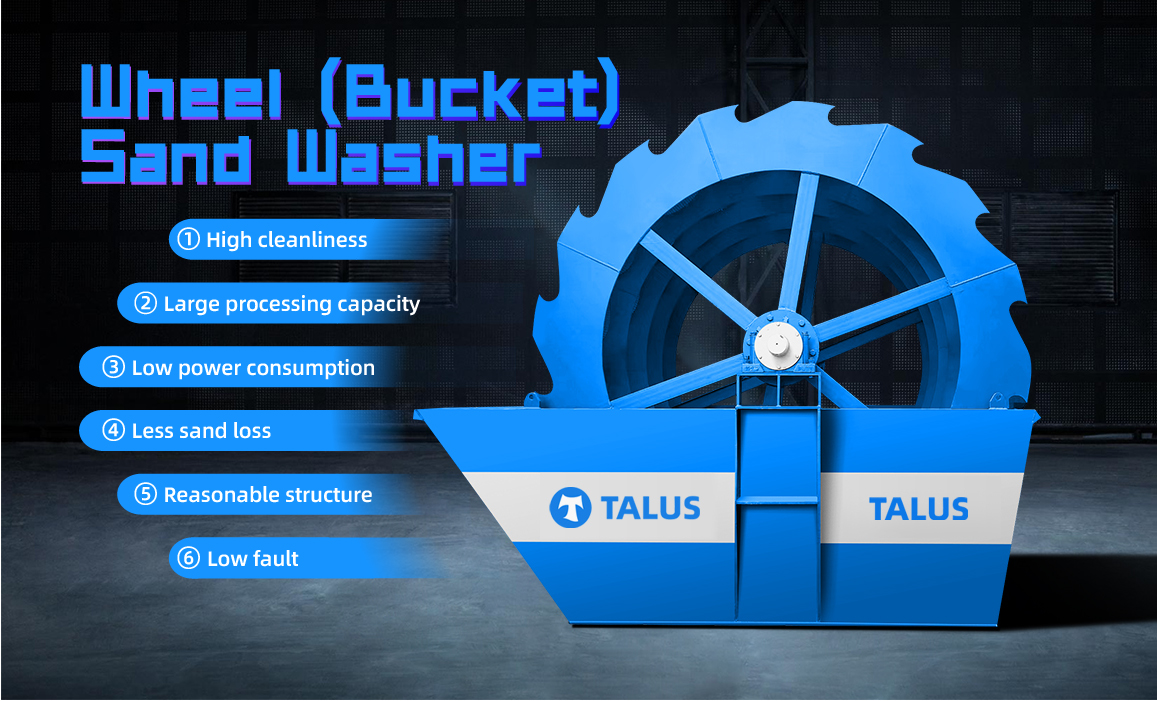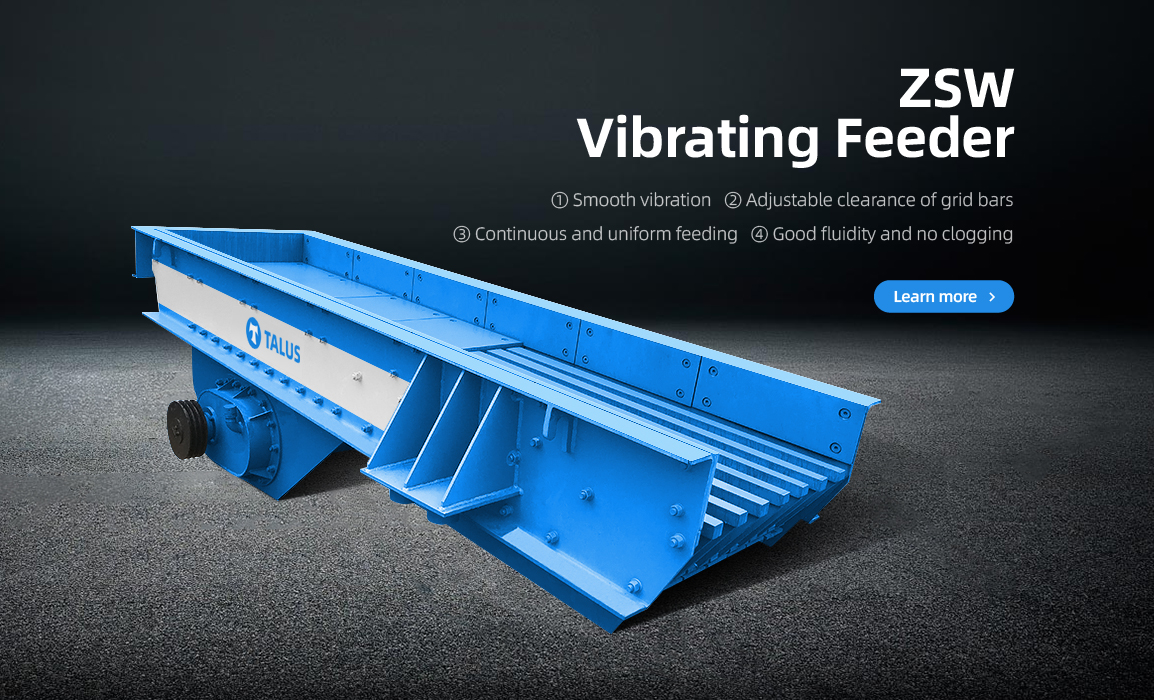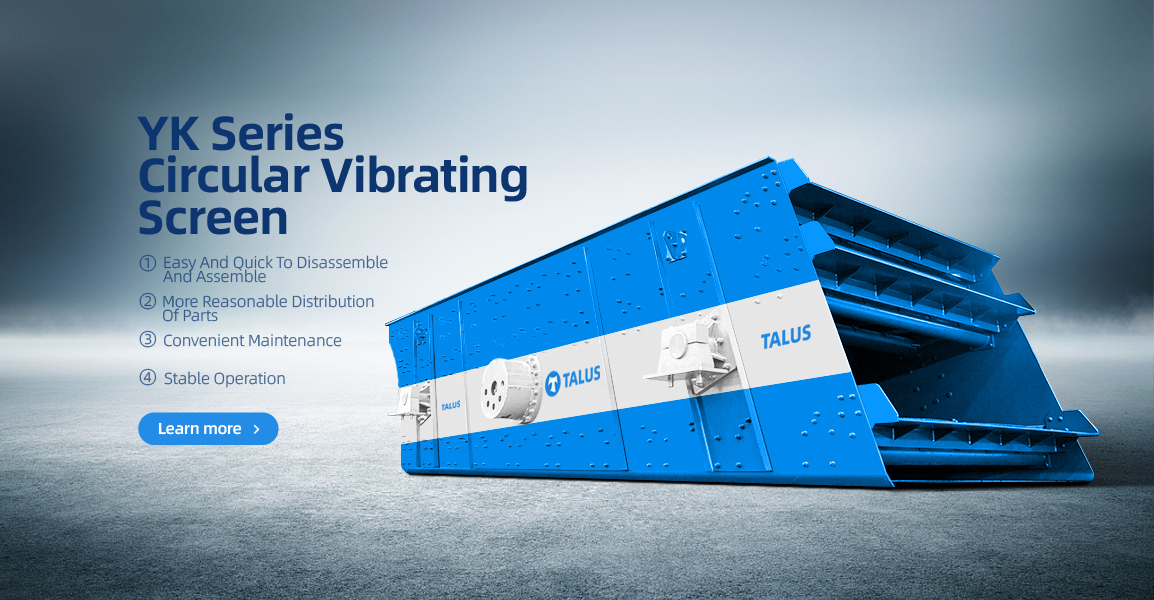Nowadays, natural sand resources are becoming increasingly scarce, in short supply, and gradually replaced by mechanically produced sand, which is rich in raw materials and has received strong support from the government. However, there is a downside to the production of mechanically produced sand, which is serious dust pollution. In today's increasingly environmentally conscious society, how can we effectively solve this problem? Let's take a look together.
Sources of dust in sand production line:
In the process of mechanically producing sand, varying degrees of dust are generated, mainly composed of dust and fine stone particles. Dust emissions are unorganized, mainly coming from crushing, screening, and material transfer processes. The specific sources are as follows:
1. Conveyor belt speed:
If the conveyor belt speed is too slow, the ore will accumulate on the stockpile. If the speed is too fast, the conveyor belt will run off, causing a large amount of ore to fall off and increasing the dust pollution in the workshop. If the amount of ore delivered to the next conveyor belt through the chute is too large, it will increase the impact force on the conveyor belt, resulting in the generation of more dust particles. Therefore, it is important to control the conveyor belt speed as much as possible.
2. Chute drop:
During the process of ore falling at the transfer point, the friction between fine stone particles and the chute, as well as the collision between fine stone particles, will generate a large amount of dust. If a large number of dust particles remain in the air for a long time, it will also increase the dust pollution at the transfer point. Therefore, the drop of the chute at the transfer point should be minimized.
3. Dust particle size:Coarse particles of dust, under the impact and vibration of the conveyor, deviate from their original trajectory and become airborne dust. However, the dust particles are small and quickly settle down in a short period of time. Fine particles of dust, on the other hand, attach themselves to larger particles and remain suspended in the air for a longer time. Even when they eventually settle down, they can become secondary pollutants during the next ore impact.
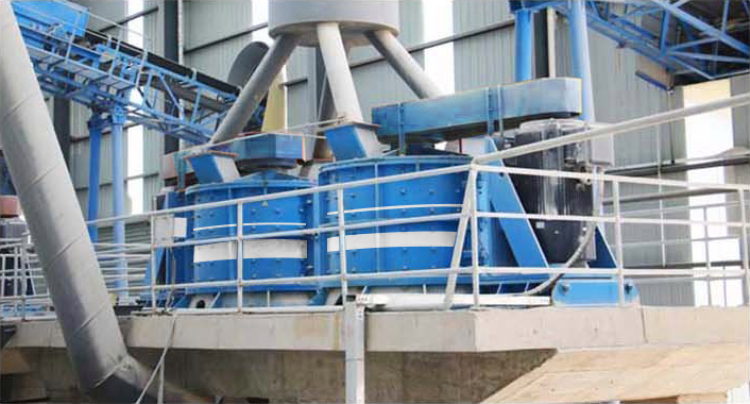
Methods for preventing and mitigating dust in the sand production line:
1. Dust prevention in the crushing process:
Install a bag-type dust collector at the discharge port of the crusher for negative pressure dust collection. Use a dust suppression machine to suppress the dust generated during material crushing. The dust suppression machine adopts a double electron layer nano film to mix and blend the dust with the material in the crushing chamber. Through continuous wrapping, adsorption, agglomeration, and settling, a large amount of dust is inhibited. Additionally, a dual-fluid mist sealing spray can be installed to allow the dust at the discharge port of the mobile cart to agglomerate and settle in the mist.
2. Dust prevention in the screening process:
Install a fully enclosed device on the feeding chute and equip it with a bag-type dust collector. The collected dust is pumped to the ash storage tank by a pump. Additionally, use mist sealing to capture and agglomerate the dust generated by the collision of materials during vibration and falling, enhancing the dust removal effect and avoiding secondary pollution caused by material collisions during the falling process.
3. Dust prevention in the conveying process:
Install a mist sealing spray with a diameter of 5-100μm at the conveyor transfer point to effectively capture dust particles of this size and solve the problem of fine particle dust diffusion. A fully enclosed device can be used at the transfer chute to further ensure the dust removal effect.
In summary, during the production process of machine-made sand, a large amount of dust is generated, which not only seriously pollutes the environment but also harms the health of operators. Therefore, it is important to actively prevent and minimize dust pollution. When a small amount of dust is unavoidable, operators should wear protective equipment.
Talus Equipment specializes in the field of mining crushing and screening, providing cost-effective crushing and screening equipment and high-grade sand and gravel solutions for large-scale engineering projects such as highways, chemical industry, railways, hydropower, etc.
If you would like to learn more about sand production and crushing equipment, you can consult our online customer service. If you have any production line requirements, we will arrange a professional project manager to provide you with detailed answers and solution configurations.




